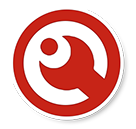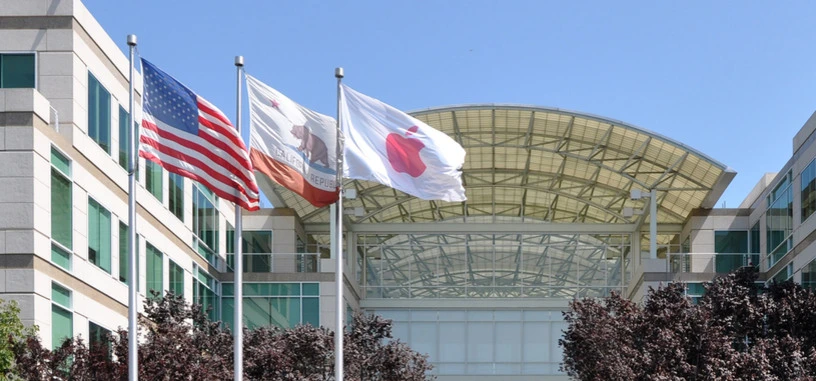Apple siempre ha sido una gran promotora de crear productos cuya fabricación respete el medioambiente. No siempre es posible, ya que nuestros dispositivos electrónicos muchas veces necesitan para funcionar metales altamente tóxicos o procesos químicos nocivos y que no tienen una alternativa, barata o de otra índole. Pero al menos Apple siempre intenta encontrar esas alternativas.
En este caso se trata directamente de prohibir dos productos que están en la lista de productos cancerígenos de la OMS, como son el benceno y el hexano. Son usados como disolventes industriales pero pueden producir cáncer al ser inhalados o al estar en contacto con la piel. La petición la realizaron las asociaciones China Labor Watch y Green America.
Tras inspeccionar 22 fábricas de ensamblaje de las empresas que producen sus productos, Apple encontró indicios de uso de esos dos compuestos en 4 de ellas, pero no detectó que hubiera riesgo para la salud de los trabajadores o que se detectara rastros de ambos compuestos en los productos. Se tratan de fábricas que realizan el ensamblado final de los productos que llegan a los consumidores, y de ahí que Apple haya emitido la prohibición a sus socios.
Aun así, como he comentado, en algunos procesos es más difícil evitar el uso de ciertos productos, por lo que Apple no lo ha prohibido en las etapas iniciales de fabricación de sus productos, como los componentes que lleva el iPhone. He aquí el comunicado de Apple al respecto.
Focus on Toxins: Safe products and healthy work environments
Eliminating the risks from toxic substances in the products we all use has always been a passion of mine, and today it is one of our top three environmental priorities here at Apple. We continue to lead the industry in this area as we are committed to keeping both people and the environment healthy. That’s why we’ve removed many harmful substances from our product designs and go to great lengths to make sure they stay that way.
Our pursuit has led to the creation of greener materials and more earth-friendly products, like power cords made without PVC, mercury-free displays, and enclosures that don’t contain brominated flame retardants (BFRs).
We require our suppliers to follow our Regulated Substances Specification and we hold our supply chain responsible with rigorous testing, by our own experts as well as independent labs. And today, for the first time, we are releasing our Regulated Substances Specification to the public.
Recently, we received some questions about whether the chemicals benzene and n-hexane are used in the manufacturing of our products. Apple treats any allegations of unsafe working conditions extremely seriously. We took immediate investigative action, sending specialized teams into each of our 22 final assembly facilities, and found no evidence of workers’ health being put at risk. We’ve updated our tight restrictions on benzene and n-hexane to explicitly prohibit their use in final assembly processes. You can learn more about our commitment to safe handling of chemicals and toxic substances here.
Our history proves that the electronics industry can make use of green chemistry. It’s time now to do even better, and we are eager to take on this challenge.
We’ll invest in research on new materials and technologies. We’ll assemble a new advisory board composed of leaders in safer chemicals and pollution prevention to advance our efforts to minimize or eliminate toxins from our products and supply chain. And we’ll listen — convening roundtables with stakeholders to seek out the best science, data, and solutions.
We’re committed to removing toxins from our products and processes. Because everyone has the right to a safe product and a safe working environment.
Vía: TechCrunch, 9to5m.





